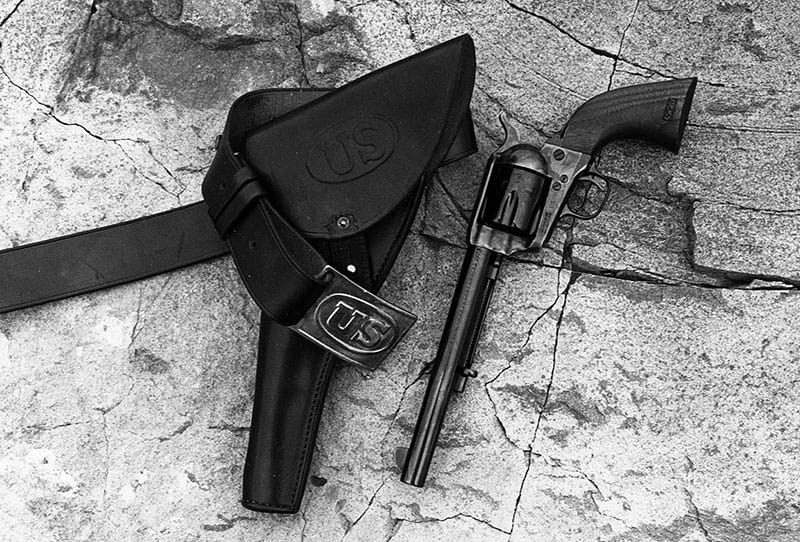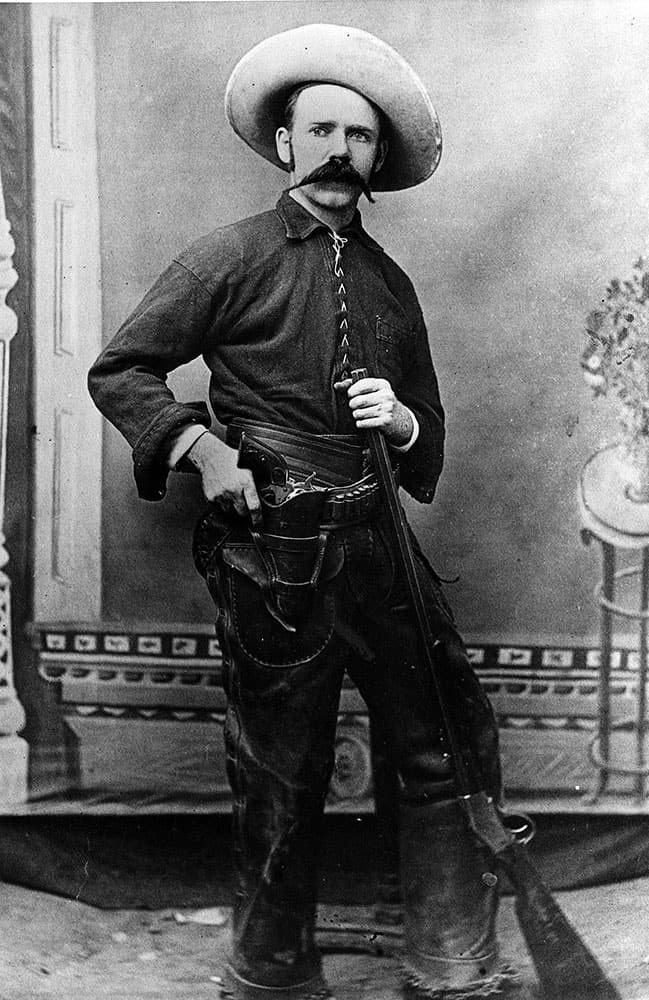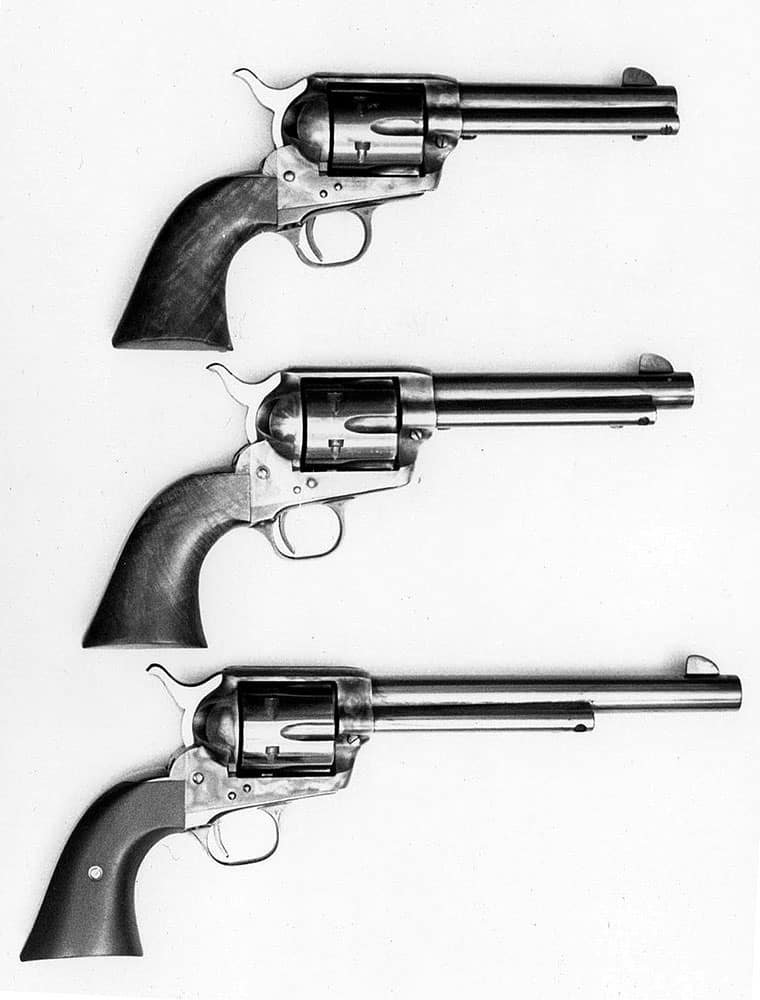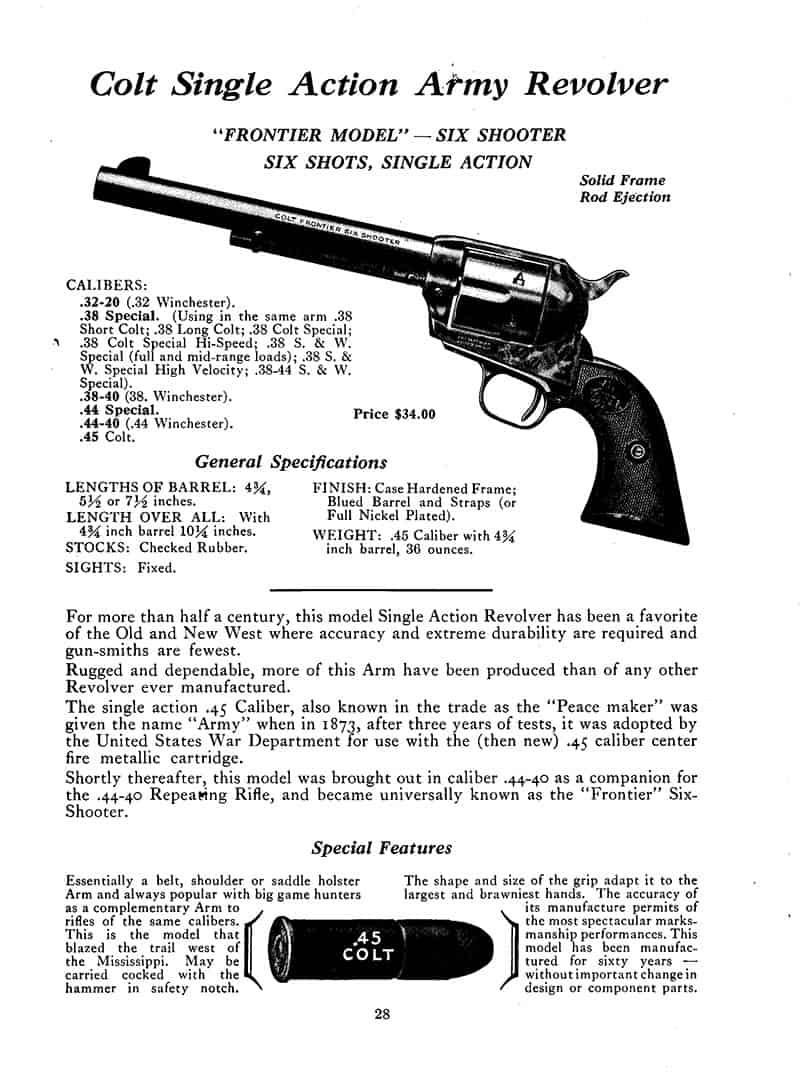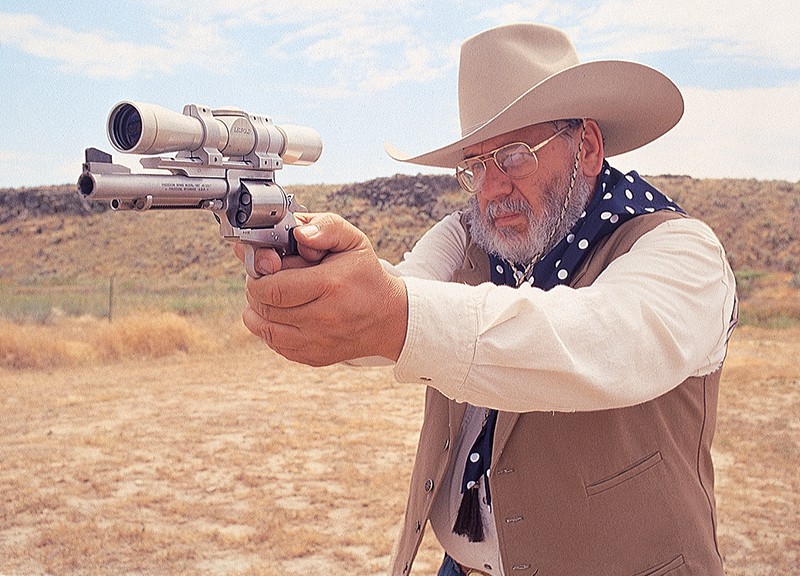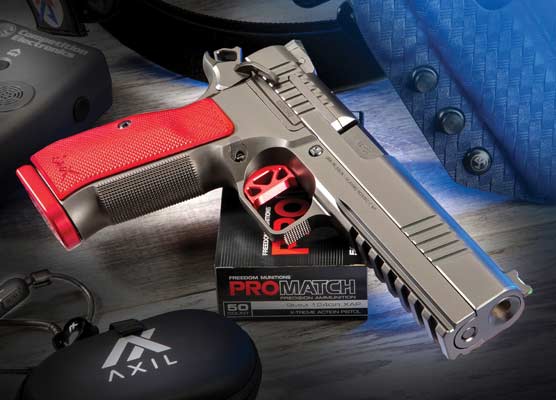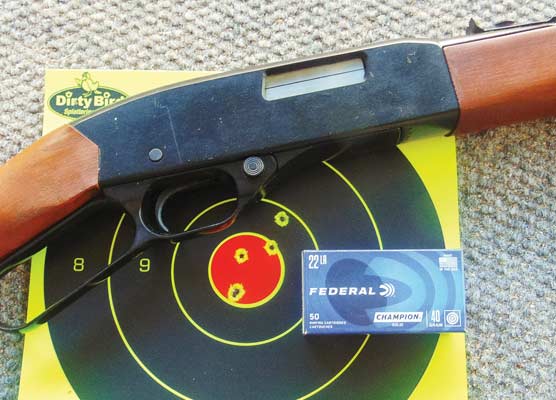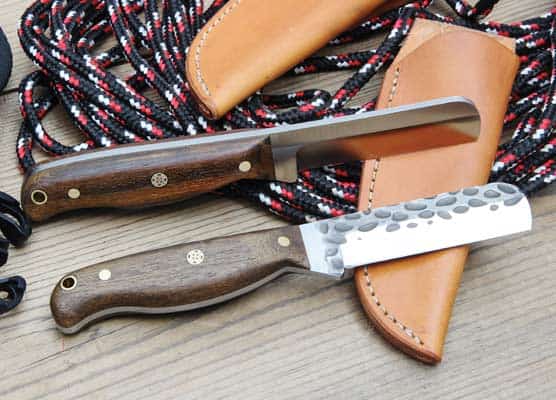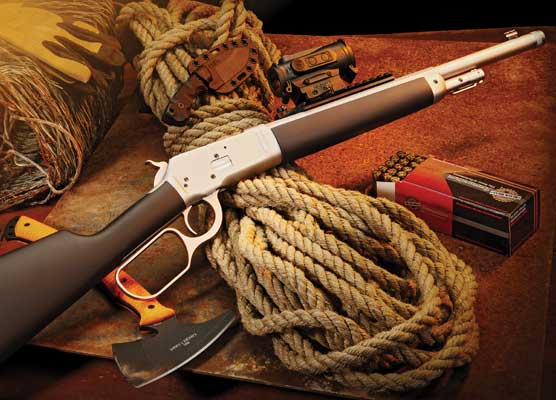The First Generation Colt Single Action Army
Part 8 Of 12 Part Genesis Of The Colt Single Action
Now we get to what can (arguably) be called the “World’s Most Famous Handgun.” Is it? I think so because American western movies have made it to about all corners of the earth. Perhaps people in places like New Guinea, Iceland or Madagascar may not know what handguns those actors are shooting, but I’d bet if a locale has electricity they have seen one sort or another of cowboy movie. Have you ever seen a cowboy movie that didn’t show a Colt SAA or replica?
It might surprise some fans of the Colt SAA that such was not its original name. In the beginning Colt called it their “Strap Pistol.” That was because it was the first of their handguns to have a top-strap over the cylinder. Why was that feature incorporated into the design? Strength! Colt wanted to make this new handgun capable of firing heavier loads. Prior to it their barrels were secured to the main frame only at the bottom. The impact of a big bullet slamming into the barrel could actually cause it to begin to bend away from the frame. A topstrap held it firmly in place.
It might also surprise some fans of the Colt SAA and its most famous chambering, the .45 Colt, that such was not its first caliber. In the early 1870s, prior to the development of the .45 Colt as a cartridge, testing was done with a cartridge the U.S. Army considered its “standard” at that time, Smith & Wesson’s .44 American. Two things intervened: accuracy with that round was not suitable, and the U.S. Army wanted to standardize on .45 caliber for handguns, rifles and carbines. Read that as to standardize on caliber (bore size), not cartridges.
When the first Colt “Strap Pistols” appeared circa November 1873, the new .45 Colt caliber was a milestone. Not only was it exceptionally powerful, with a 250 grain bullet traveling at about 900 fps, but it was Colt’s first cartridge using an inside-the-case, inside-lubed bullet. Prior to the .45 Colt, handgun cartridges such as the .44 Colt and S&W’s .44 American used heel-base bullets.
Soldier’s Gun
As almost immediately adopted by the U.S. Army for issuing to their cavalry regiments, the .45 Colt “Strap Pistol” came with 7 ½” barrels, one piece walnut grips, with finish consisting of a color case hardened frame, loading gate and hammer. The rest of the revolver was blued. Sights consisted of a very fine blade front with a simple groove down the revolver’s top-strap for a rear sight.
The only safety was a notch on the hammer. When the trigger engaged the notch it held the firing pin away from the cartridge’s primer. It wasn’t much of a safety as evidenced by the fact almost immediately upon receiving their new revolvers cavalry troopers began getting accidentally shot by them. For instance the famous 7th Cavalry received their new Colt .45 revolvers in the summer of 1874 in time to take them along on their expedition to explore the Black Hills of what is now South Dakota. At least one trooper had a stirrup fall and hit the hammer of his new Colt revolver, causing it to discharge. He was fatally wounded in the process.
The new Colt revolvers bought by the U.S. Government for a price of $13.50, including a screwdriver, were all stamped “US” on the left side of their frames. However, government inspectors were very strict and rejected what the Colt firm considered perfectly fine handguns, for minor flaws. As early as 1874, many with that “US” already stamped on the frame were then given a full nickel-plated finish, one piece grips cut of ivory and sold on the civilian market.
Immediate Popularity
Any firearm or caliber adopted by the U.S. Army almost instantly becomes popular in the American civilian market. That was exceptionally true with what by then became known as the Colt Single Action Army. Consider this: by 1892 the U.S. Government had bought only about 37,000 SAAs, but by then the Colt factory had made and shipped a total of 144,000.
Serial numbers of the SAA started with #1 and by 1940, when production ceased for the first time, ended at 357,859. During the early and mid-1870s production, that 7 ½” barrel length dominated. However, the civilian market expressed a desire for shorter lengths. In 1875 a 5 ½” barrel length was made standard.
Along about this time Colt had been honoring special order requests for an even shorter length where the barrel ended about at the end of the ejector rod housing. That was 4 ¾”. That length grew so popular Colt added it as “standard” in 1879. Although Colt shipped custom orders with barrels as short as 2 ½” and as long as 16″, those three lengths were always considered standard after 1879. Without having proof to back up this statement, I think by the time 1st Generation production ceased in 1940, more SAAs were shipped with the 4 ¾” barrel.
Calibers
Chamberings of the Peacemaker (as it also soon to became known) are also an interesting study and far too in depth to be covered here. Sources give about 30 as the total, but in reality only five were made in enough numbers to be considered significant. In order of numbers produced, those were .45 Colt, .44 WCF (.44-40), .38 WCF (.38-40), .32 WCF (.32-20) and .41 Colt, often called .41 Long Colt today. Note that three of the top five Colt SAA calibers actually started out as Winchester lever gun calibers. Here’s one tidbit on this subject. Only the .44 WCF (.44-40) gained its own name in regards to the Colt SAA. Most, but not all Colt Single Action Army revolvers chambered for the .44 WCF, were marked on the left sides of their barrels “Colt Frontier Six-Shooter” or “Frontier Six-Shooter.” No other caliber was so marked.
Although the 1st Generation of Colt SAA, Peacemaker, or Frontier Six-Shooter ended in 1940, the public’s fascination with them did not. They came back and then came back again, as we will cover in future installments.
Click Here To View List And Links To All Colt Series Articles
